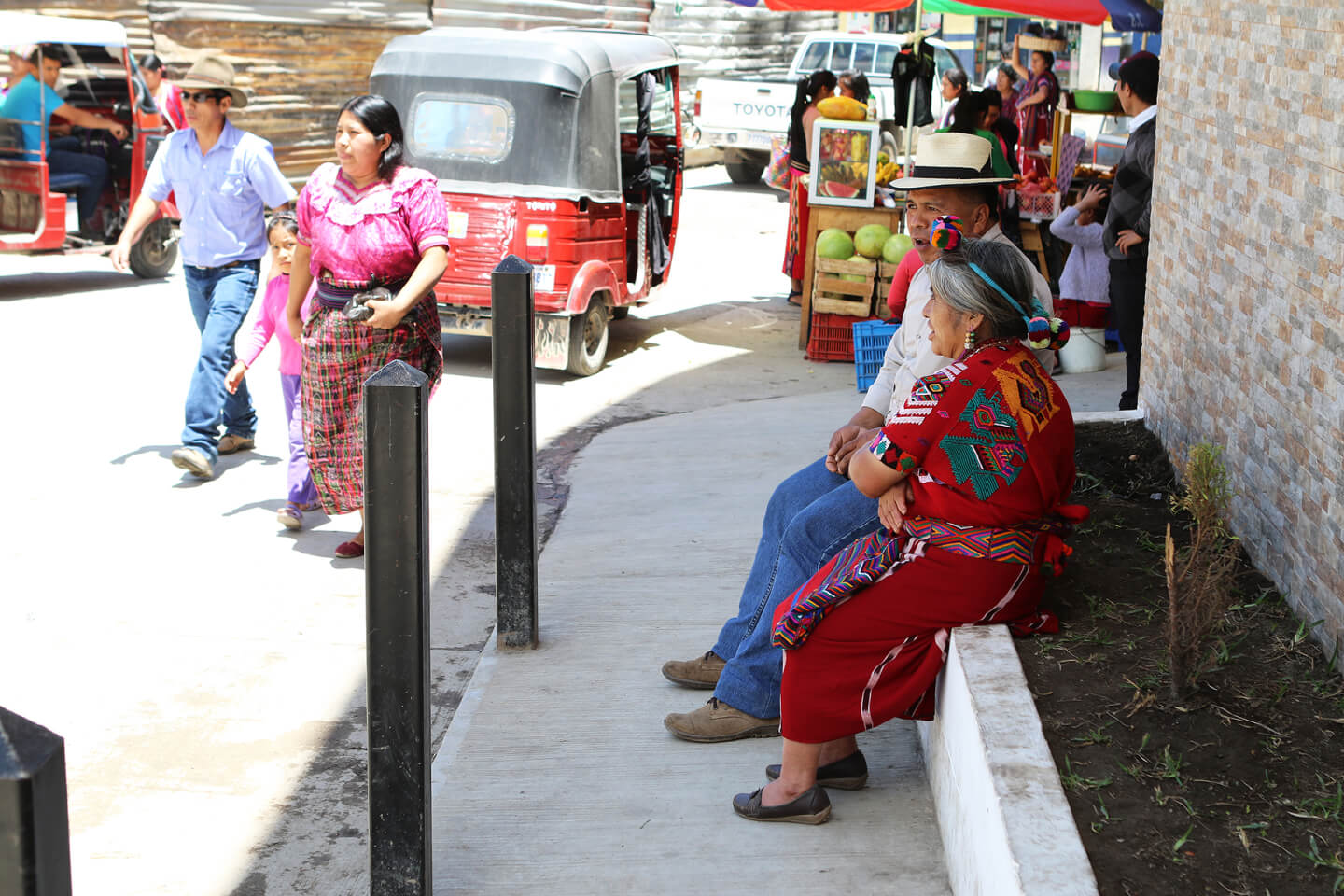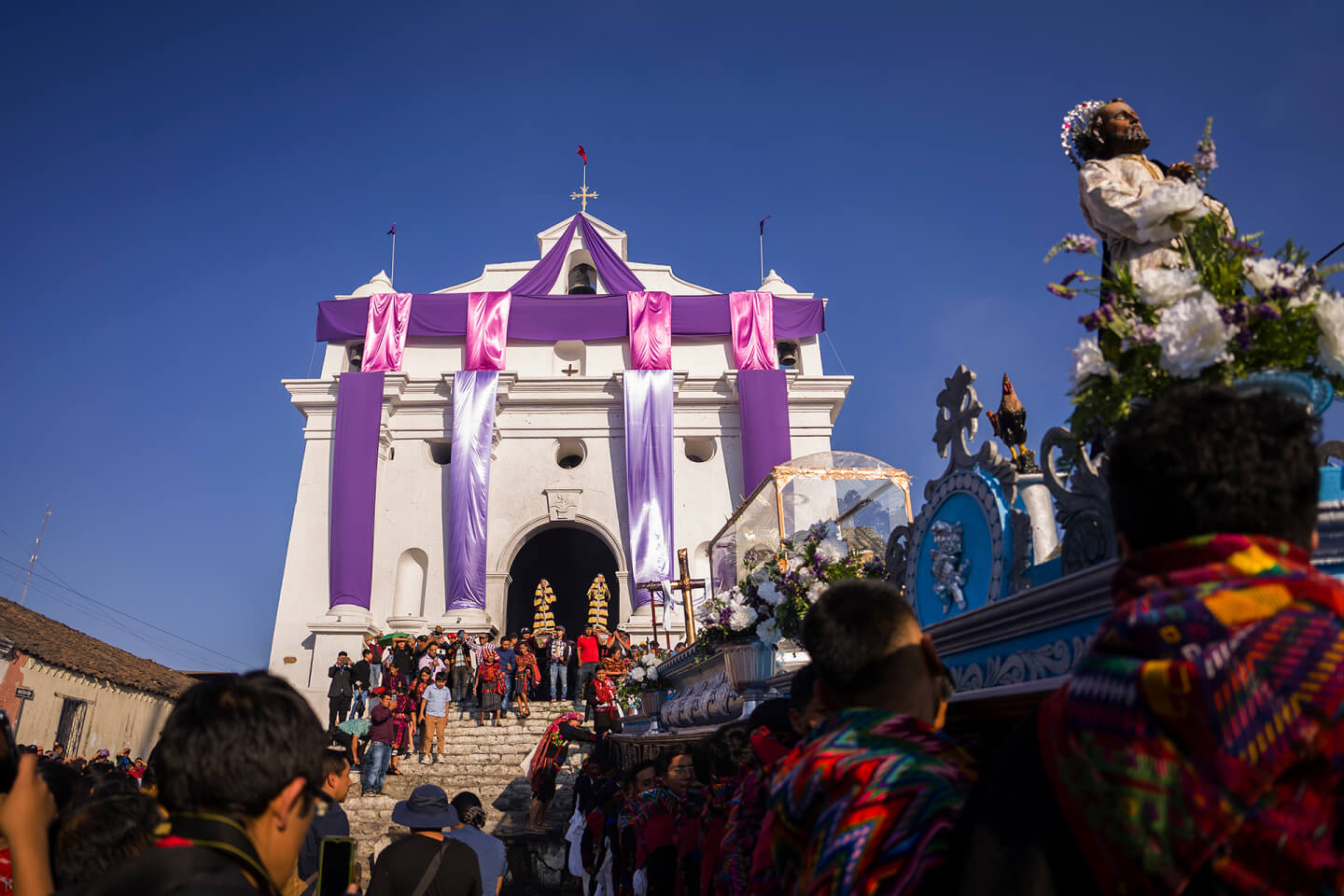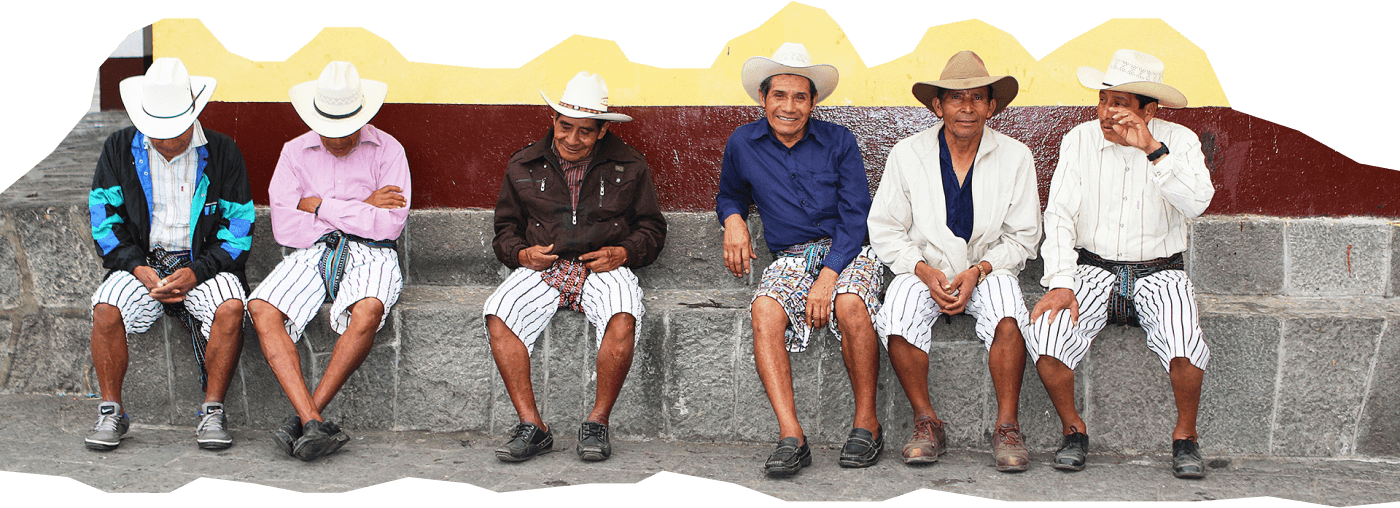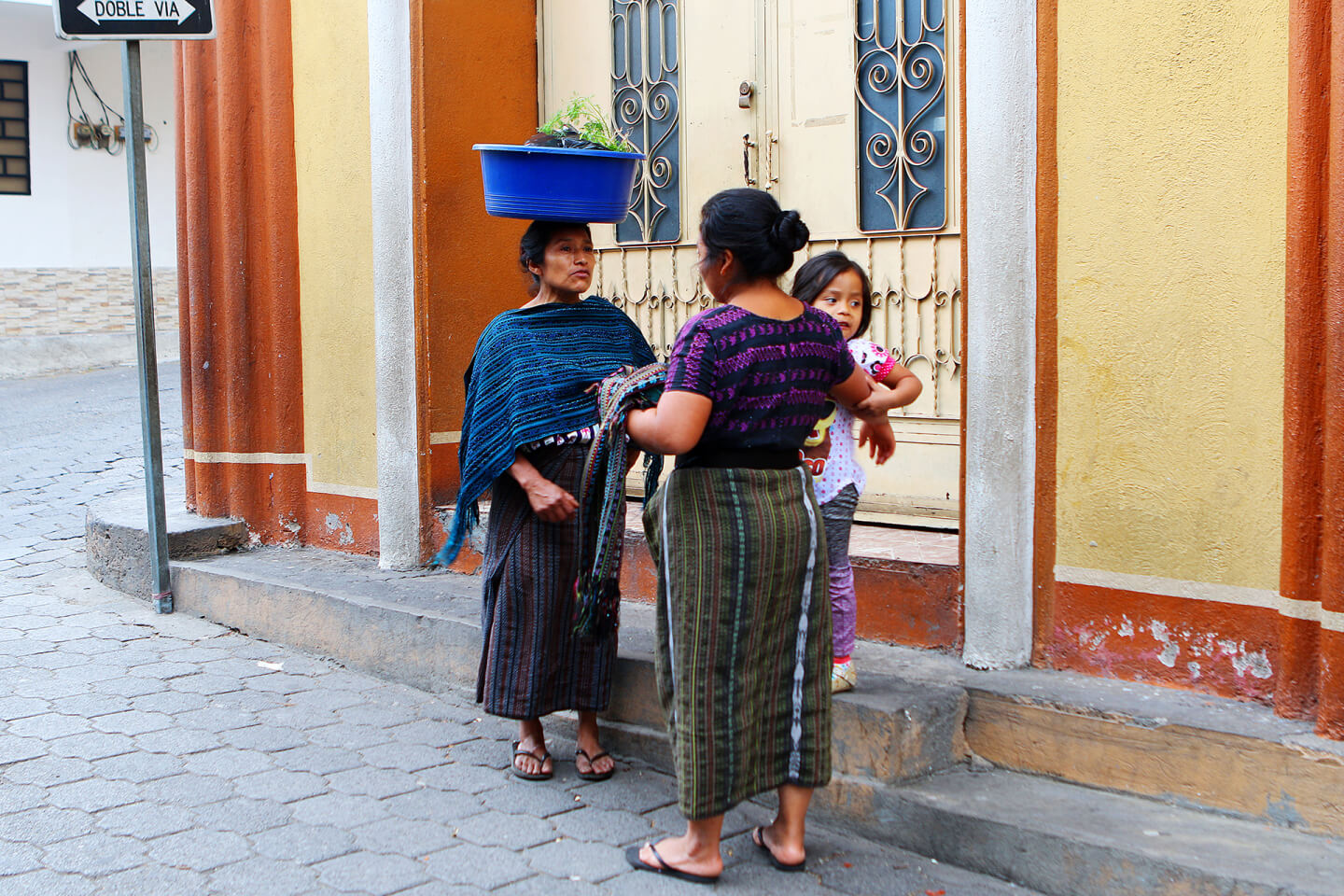












The population of Guatemala
Markets. Chichicastenango. Chapter IV






the population of Guatemala in 2022
17.36 million
are mestizo. Spanish is a mother tongue only to them and the descendants of Spaniards.
42% of the population
are Native American peoples – Kʼicheʼ, Q'eqchi', Kaqchikel, Mam and others, two thirds of them also speak Spanish.
41% of the population
The share of Indians among locals varies from 14 to 96%. These numbers depend on the region.

Ladino
Ladino — are a special category of Indians. They adopted the European way of life, the clothing and culture. They often work in state organizations, offices and in the field of education.
This word is often used to call all non-local, non-Maya: Asians, White, Hispanic, Mestizo. Even in tribes, locals use this word to call all not-from-here people, regardless of their origin.
Santa Maria Nebaj, Quiché Department. 2018
In the southeast of the country, there lives a mixed Afro-Guatemalan population. They are the descendants of slaves brought to Guatemala in the XVIII century from the Lesser Antilles. In general, the importation of slaves to Guatemala was insignificant, and they quickly assimilated, without having a serious impact on the demographic picture in the country.

Livingston, Izabal Department. 2018.



The GARIFUNA
The GARIFUNA are an ethnic group of mixed populations in Guatemala and Honduras, they are Caribbean Islands immigrants. Their culture is poles apart from that of the indigenous population — in clothing, music, and gastronomy. They speak the language of the Arawak family. Its writing was borrowed from Spanish (Latin alphabet) with the addition of diacritics.


The indigenous languages mainly belong to the Maya family (these are 23 languages; the largest groups of speakers in Guatemala are Kʼicheʼ and Qʼeqchiʼ).
Santa Maria Nebaj, Quiché Department. 2018

Common religions are Catholicism and, to a much lesser extent, Protestantism. Both exist in a unique syncretic form, born from fusion with local beliefs.
Chichicastenango, Quiché Department. 2023. JFernando Morales Photography



Santiago Atitlan, Sololá Department, Tzʼutujil people, Kʼicheʼ group. 2018.
The vast majority of the population (about 56%) is rural, but at the same time, they have practically no influence on the political and economic situation in the country. Ladino control the government, administration, education and agriculture.


Contacts
Events
Project












